
Figure 1: Watson, Crick, Franklin and Wilkins (from left to right)
Rosalind Franklin was an expert X-ray crystallographer. In 1951, she was recruited at the biophysics unit of King’s College London. It was said that she was a genius who loved to have constructive discussions and debates. Maurice Wilkins, who was also working in the same laboratory at King’s College London, was said to be rather shy and less expressive than Franklin. Wilkins assumed that Franklin would work with him as an assistant but in the end this did not happen. Franklin joined Francis Crick, who was carrying out a research project on X-ray crystallography of protein with a young researcher named James Watson at the University of Cambridge. All four of them had the same interests in solving the DNA structure. But who touched the finish line first? Who won the race for solving the DNA structure?
Franklin’s time at King’s College London
John Randall, Head of Physics Department at King’s College in London, appointed Franklin to his department, where Wilkins already worked. When Franklin arrived there, Wilkins was on vacation and Wilkins’ PhD student, Raymond Gosling, was put under Franklin’s supervision until Wilkins return. The problem, however, was that John Randall made Franklin believe that she would work independently.
When Wilkins returned from his vacation, there was a lot of confusion that eventually resulted in a personality clash between Wilkins and Franklin. According to Maddox, the author of Rosalind Franklin: The Dark Lady of DNA, “this was one of the great personal quarrels in the history of science” (Maddox, 2002). Frankin developed the protocols to extract exceptionally fine fibres of DNA. She was able to get bundles of twenty fibres of DNA for her images. Moreover, she developed means to hydrate and dehydrate the DNA in-vitro. She photographed two forms of DNA – the dry A form (shorter) and the wet B form that was thin and longer (Gibbons, 2012). Meanwhile, Watson and Crick were working on preparing models of DNA at the University of Cambridge. Crick, who was a brilliant biophysicist was friends with Wilkins, and invited him and Franklin to judge the DNA models. Franklin critically examined the models and thought they were an embarrassing failure. Franklin was very honest and had high expectations not only of herself but also of everyone else around her.
Eukaryotic DNA forms complexes with histone proteins called nucleosomes. They form a highly condensed structure called the 30-nanometer fibre (Figure 2). In order to obtain excellent X-ray crystallography images, the number of histone proteins should be a small.
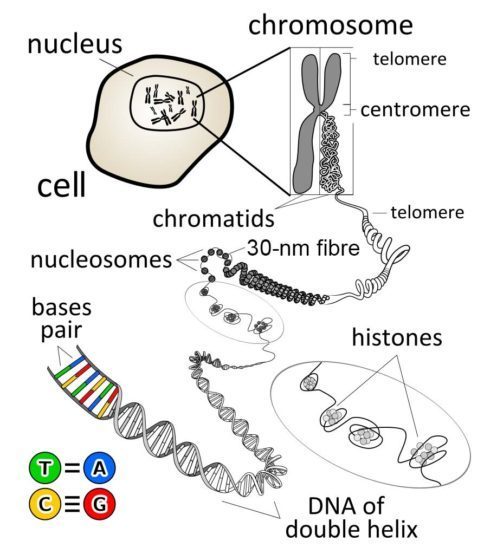
Figure 2: DNA packaging.
Photo 51
In 1952, Raymond Gosling captured a sharp X-ray diffraction image of the B-form of DNA under the supervision of Franklin. Franklin labelled the image ‘Photo 51’. “Her photographs were among the most beautiful X-ray photographs of any substance ever taken,” said John Desmond Bernal, a pioneer in X-ray crystallography, “Her excellence was the fruit of extreme care in preparation and mounting of the specimens as well as in the taking of the photographs” (Franklin and Gosling, 1953; Maddox, 2003). John Randall directed Franklin to analyse the A-form of DNA and asked Wilkins to work on the B-form (Judson, 1979). This way, Wilkins got access to ‘Photo 51’. Franklin said that despite the importance of her work she was not happy working at King’s College London and that she wanted to leave as early as possible. When Watson visited Wilkins at King’s College London, Wilkins showed him ‘Photo 51’ in the absence of Franklin. “The instant I saw the picture my mouth fell open and my pulse began to race,” Watson wrote in his book The double Helix. “The black cross of reflections which dominated the picture could only arise from a helical structure” (Watson, 1968/1996). Watson copied the image on a paper and showed it to Crick. Both were very aware of the significance of ‘Photo 51’ and were afraid that another scientist, Linus Pauling, who was also working on a DNA model building but only had little experimental data, would solve the DNA structure as soon as he would get access to Franklins experimental data. In hindsight, this was the last lap of the race to solve the structure of the DNA.
Touching the finish line
Without Franklin’s knowledge or permission, Watson and Crick received all of Franklins data from the biophysics unit of King’s College London. They also got to read the report that Franklin had submitted to the Medical Research Council. In this report, Franklin described the symmetry of the DNA strands.
After seeing Franklin’s report, Watson and Crick correctly interpreted that the structure of DNA was an anti-parallel double helix. Using Chargaff’s DNA base ratio analysis (figure 3) they successfully interpreted the base pairing and the structure of DNA. Once again, they invited Wilkins and Franklins to analyse their new model of DNA. Franklin accepted the model immediately but she did not know how much her data had helped to build that DNA model. In the foreword to Olby’s The Path to the Double Helix, Crick generously said that “she needed to realize that the two chains were anti-parallel and to discover the base-pairing” (Olby, 1974). She was just two steps away from making the discovery.
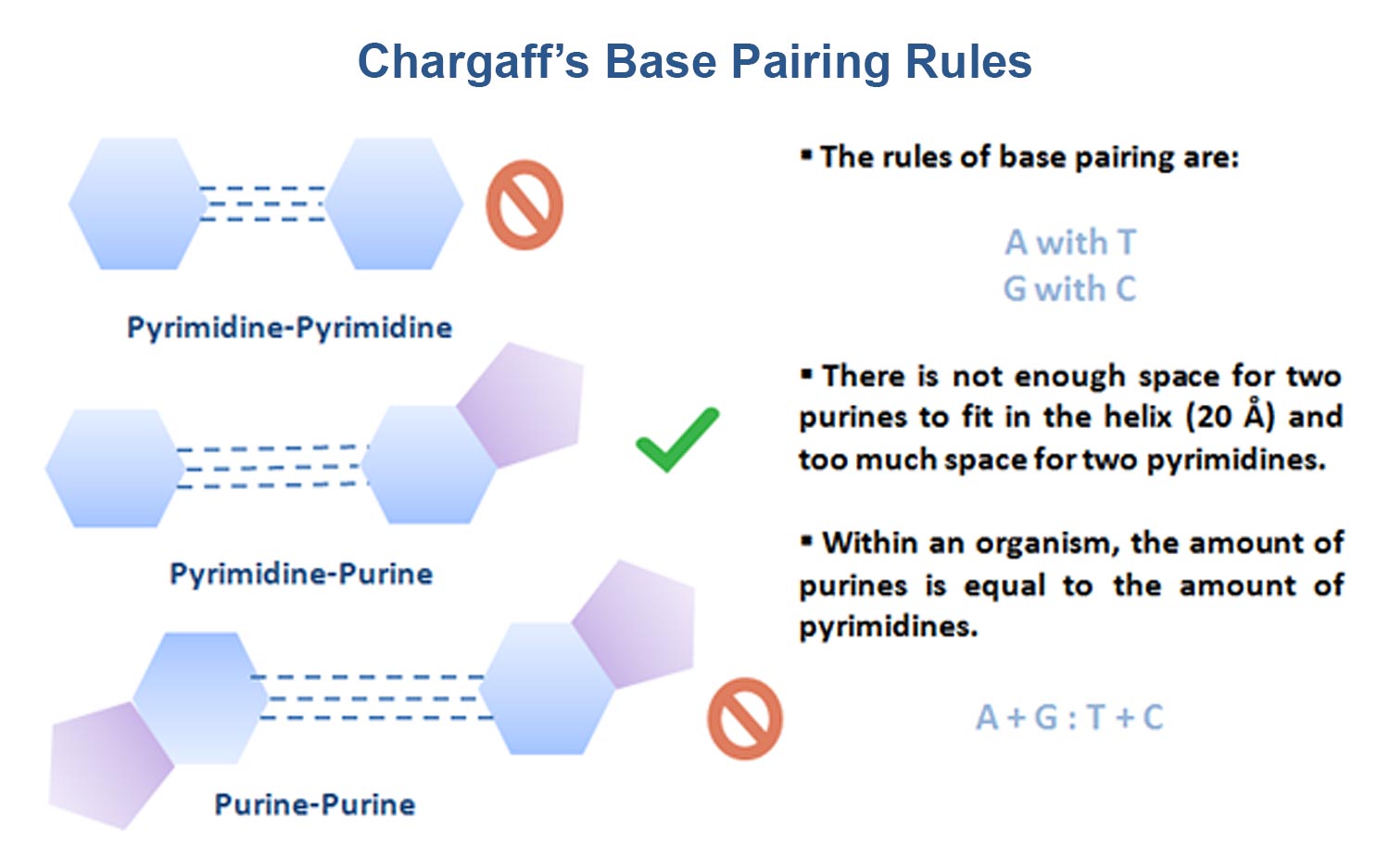
Figure 3: Chargaff’s base pairing rules.
In 1953, Nature published three back to back articles – one was describing the DNA structure and was authored by Watson and Crick, while the other two were providing the necessary experimental evidence and were authored by Maurice Wilkins and two co-workers and the other by Rosalind Franklin and Raymond Gosling. In 1958, Franklin died at the age of 37 due to ovarian cancer… Watson, Crick and Wilkins eventually received and shared the Nobel Prize in 1962. Watson and Crick did not even mention Franklin in their acceptance speeches. Franklin was their unknowing and unrecognized collaborator. Without her data, Watson and Crick would maybe never have come up with their DNA model as they did. She was unaware of it. Moreover, Franklin was belittled by Watson. In a passage in his infamous book The double helix, Watson criticised her, her fashion sense and her work (Watson, 1968/1996).
Was Rosalind Franklin credited for her novel work?
Even though Franklin’s photograph was hung up next to the photographs of the three Nobel Prize winners in the National Portrait Gallery in London, the question remains whether Watson stole her data? Was she accurately and sufficiently credited after all? Franklin was an extremely keen and secretive researcher. Maddox wrote that Franklin desired “to find the [DNA] structure directly from the data, not from guesswork” (Maddox, 2002). Gibbons commented that “Franklin’s X-ray images are no longer constraints that guide discovery but rather are discovery itself” (Gibbons, 2012). Watson and Crick on the other hand were more into model building and data analysis.

Figure 4: Frameworks of discovery (Gibbons, 2012; Reichenbach, 1938; Schaffer, 1986).
Franklin never had a eureka moment but she had noted similar observations about the DNA structure in her notes that were reached by Watson and Crick. “It is easy to feel great sympathy with Franklin,” wrote Horace Jusdon in The Eighth Day of Creation. “The fact remains that she never made the inductive leap” (Judson, 1979). She was still sceptical about putting the pieces of the puzzle together which was eventually done by Watson. Gunther Stent, a pioneer bacteriophage biologist, said “for one, argues that without Watson and Crick, the structure of DNA would have been discovered more slowly and less strikingly” (Gibbons, 2012; Stent, 1972).
Ultimately, title of the winner is awarded to the one who touches the finish line first. Jeremy Bernstein, a theoretical physicist, said about Watson and Crick that “they made the double-helix scheme work. It is as simple as that” (Crease, 2003). But is it really that simple? It depends on the framework of discovery and how one perceives a discovery (figure 4).
Only few people may have known of Rosalind Franklins contribution in solving the DNA structure in the past. Nowadays in the digital age, however, she is mentioned in the same breath as Watson, Crick and Wilkins. Her involvement and contribution is widely known and students are taught about her in schools and universities. Rosalind Franklins name eventually and rightfully went down in history.
By Tamseel Fatima and Dr Andreas Ebertz


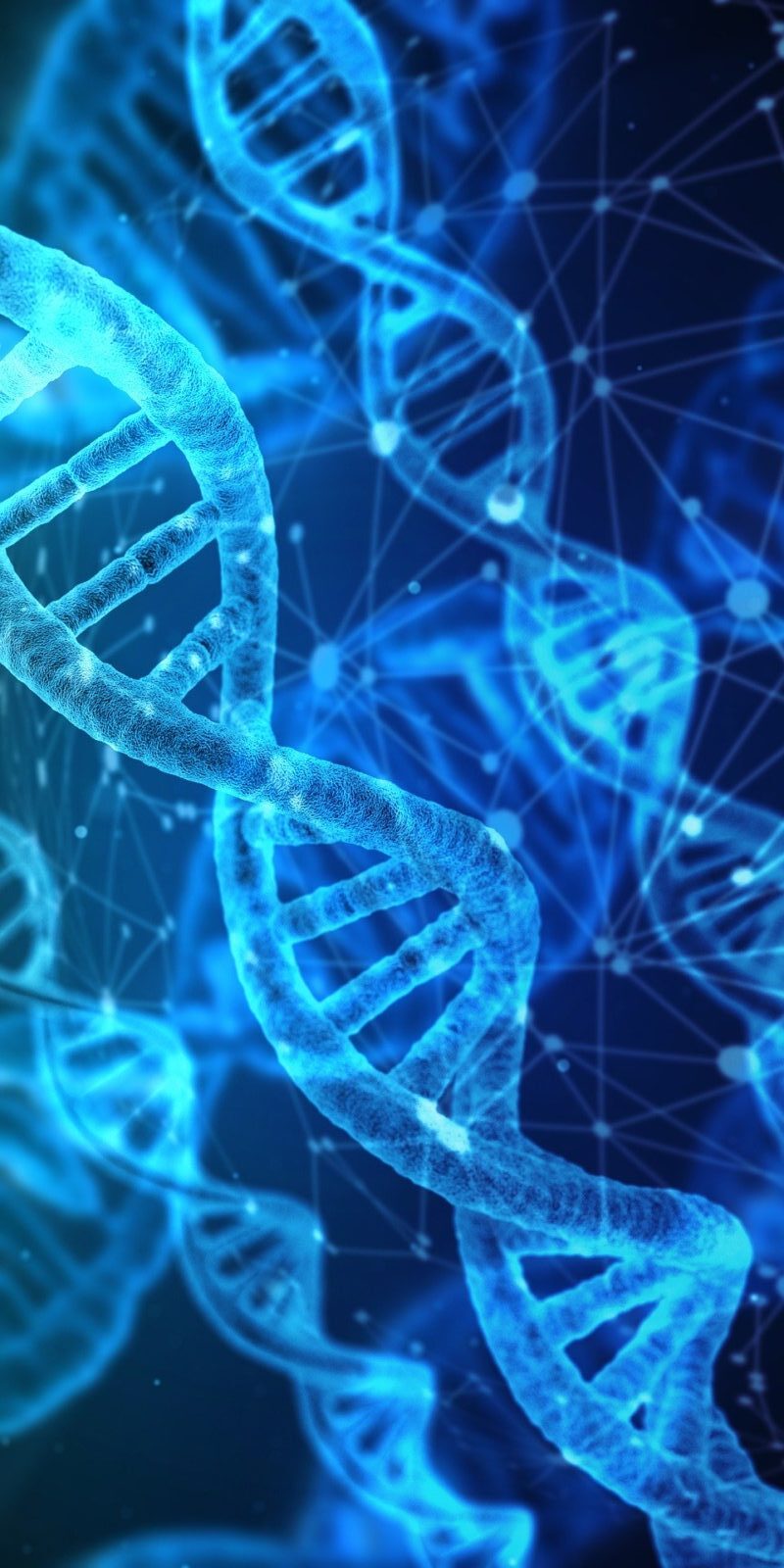
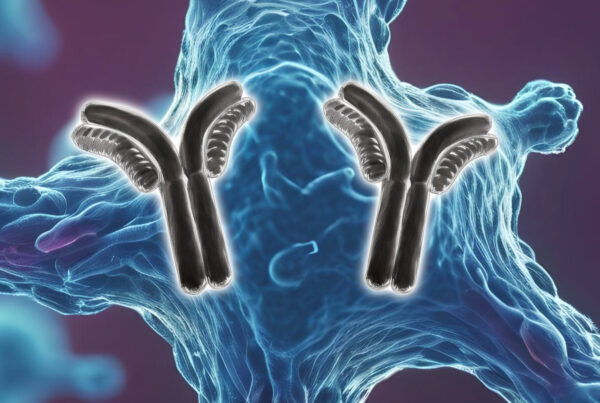
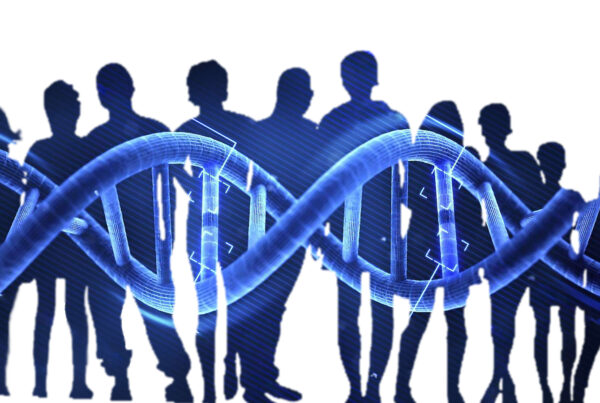

3 Comments